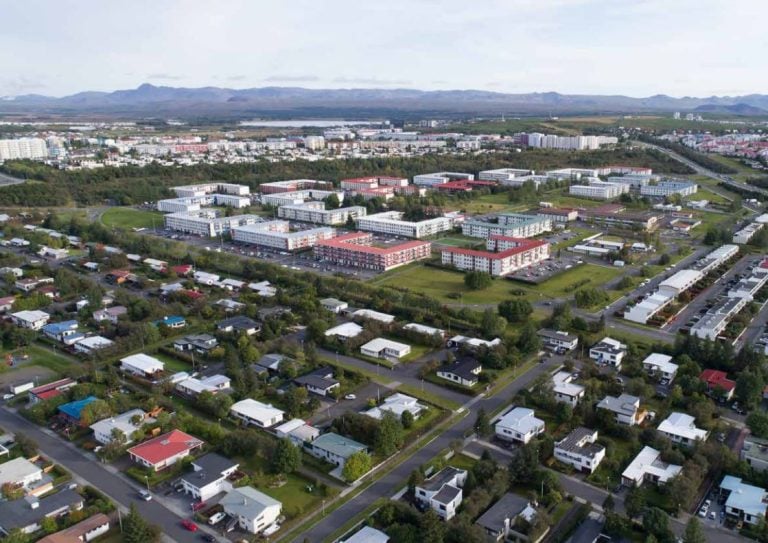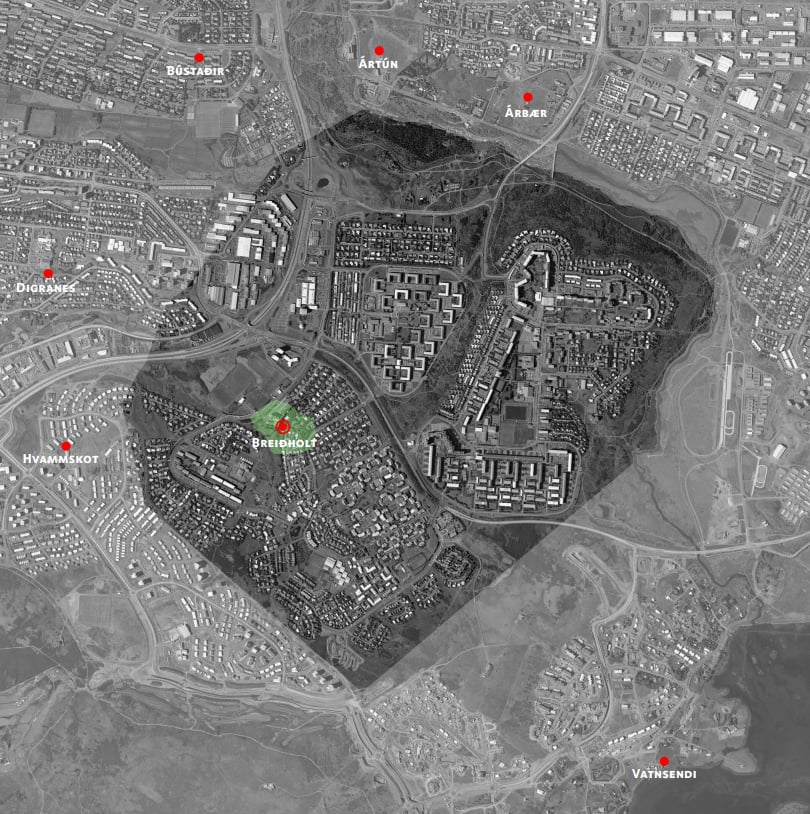
Just above Skógarsel street in Breiðholt is the farm mound of the farmstead of Breiðholt, from which the district draws its name. The oldest reliable documentation of Breiðholt dates from 1395, but it was probably founded somewhat earlier. A chapel stood there in pre-Reformation times, dedicated to St. Blaise/Blasius. In the early 20th century, human bones were unearthed on the farm, dating back to early Iceland.
At the Reformation in the 16th century, the farm became a royal property. The income of the estate went to support the clergy of the area. Breiðholt generally had no resident pastor.
The estate of Breiðholt had boundaries with the neighbouring farms of Vatnsendi, Hvammskot (Fífuhvammur), Digranes, Bústaðir, Ártún and Árbær.
In the early 18th century the estate supported two households: one comprised five people, who kept four cows, seven ewes, two ewe lambs, a winter-old whether, seven lambs and a colt three winters old. The other household comprised three people, with three cows, one milking heifer, a calf, three ewes, four lambs and a horse.
In the late 19th century the Breiðholt estate supported about ten cows, 200 ewes and six to eight horses. The couple who lived on the farm at the time had 13 children. The farmers sold milk, butter and cream to Reykjavík people.
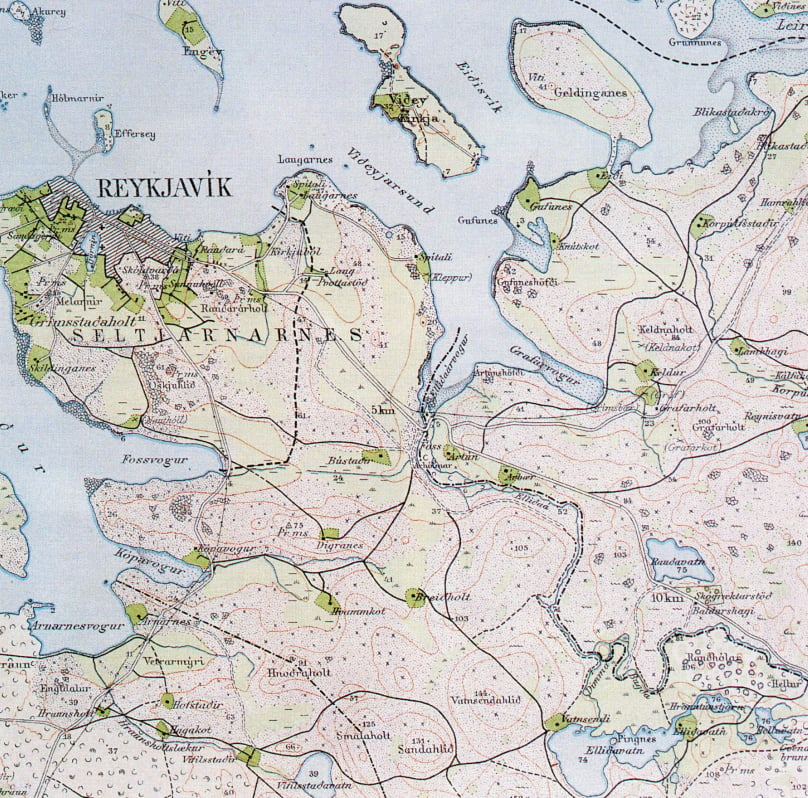
Warm springs farther down the grassfield were used for washing laundry. Breiðholt was a popular port of call: farmers from further east called at Breiðholt when they brought their sheep to the slaughter in autumn, and Reykjavík children made berry-picking expeditions.In 1906 Reykjavík Town Council purchased the states of Breiðholt, Ártún and Árbær, in order to ensure access to Elliðaár rivers for the town’s water supply. In 1923 Breiðholt was incorporated into the jurisdiction of Reykjavík.
The old turf farmhouse was demolished in 1940, and replaced by a rendered wooden building. Farming continued at Breiðholt until the late 1950s.
In 1960 the owner of the Alaska plant nursery bought the estate, which was used for horticulture for many years. A barn became the nursery shop.
The historic site of the Breiðholt farmhouse, church and churchyard was listed as a heritage site in 1981.
In the period 1960 – 80 new residential districts were developed on the former Breiðholt estate, which was in 2009 home to about 25.000 people.
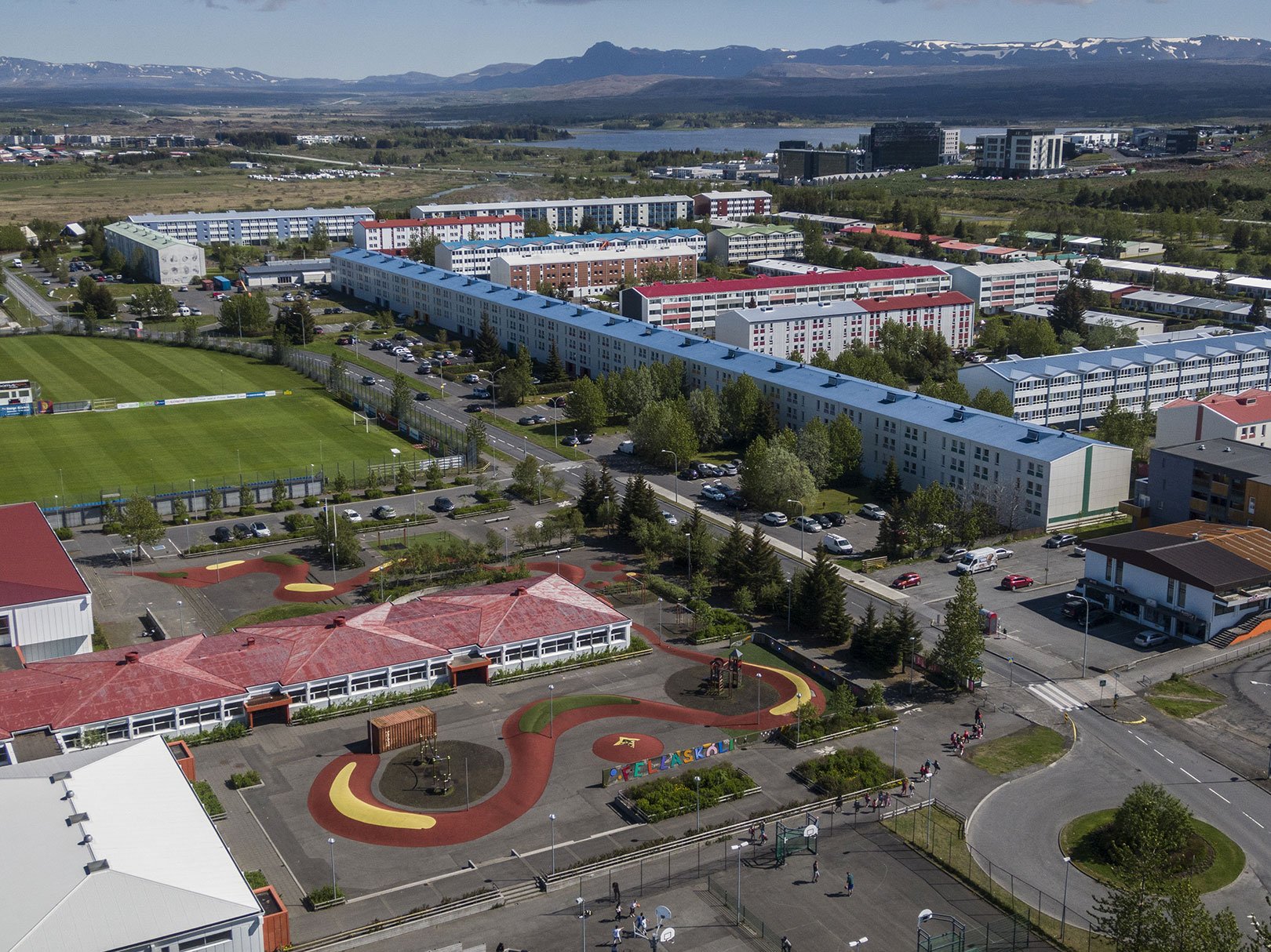
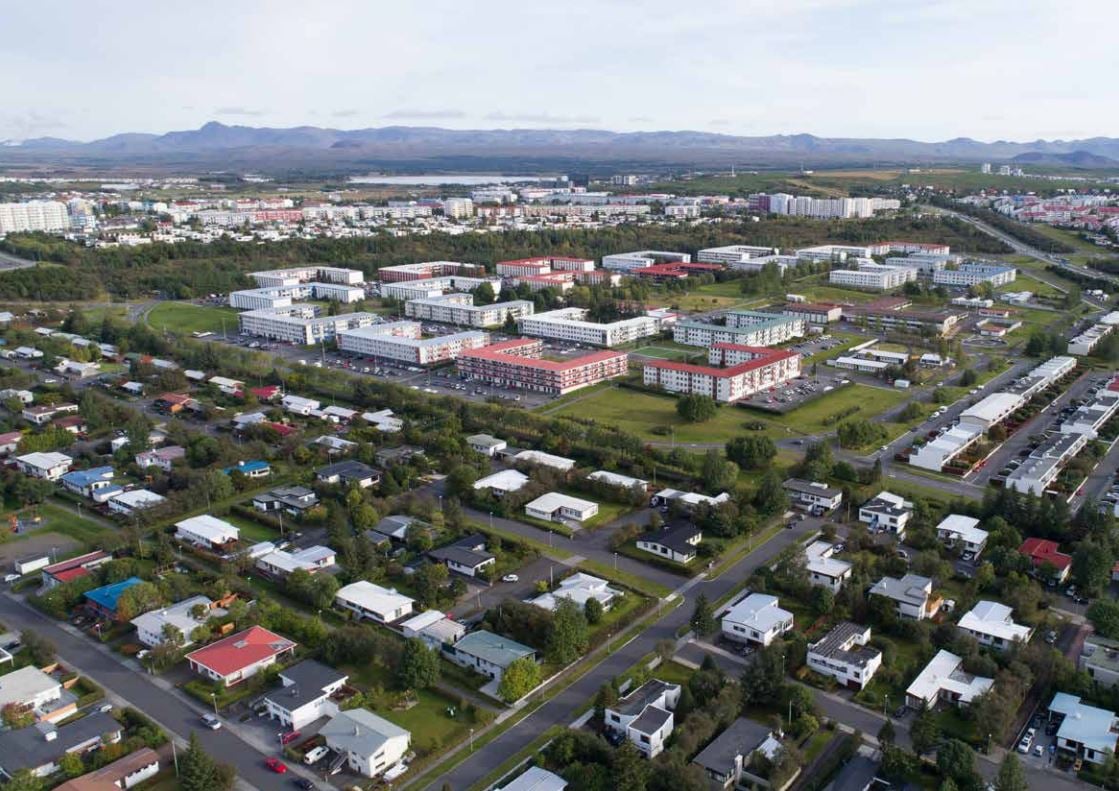

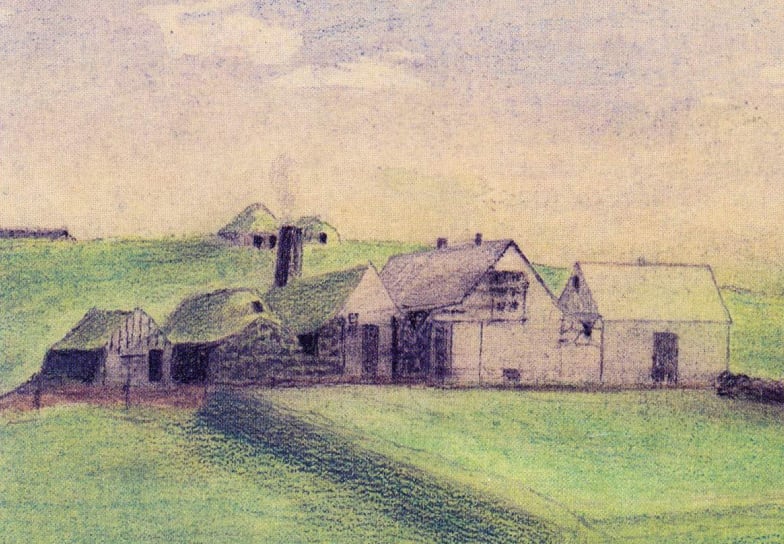 Historical markers in Reykjavík
Historical markers in Reykjavík
In recent years the City of Reykjavík has been installing historical markers around the city. Such markers at historic sites and areas within Reykjavík enrich the experience of both residents and visitors, and provide information on the city‘s culture and history. The markers display information about history, art, literature and social life relating to the site in question, accompanied by pictures.
Text and photos: Reykjavík City Museum
See further at www.reykjavikcitymuseum.is



